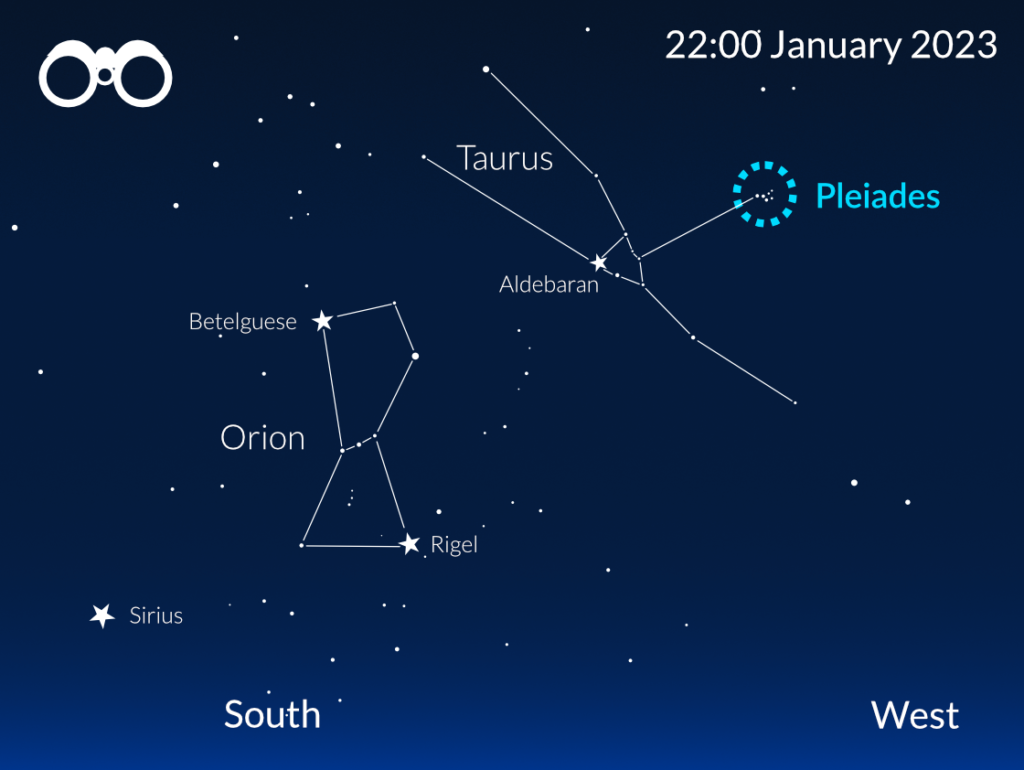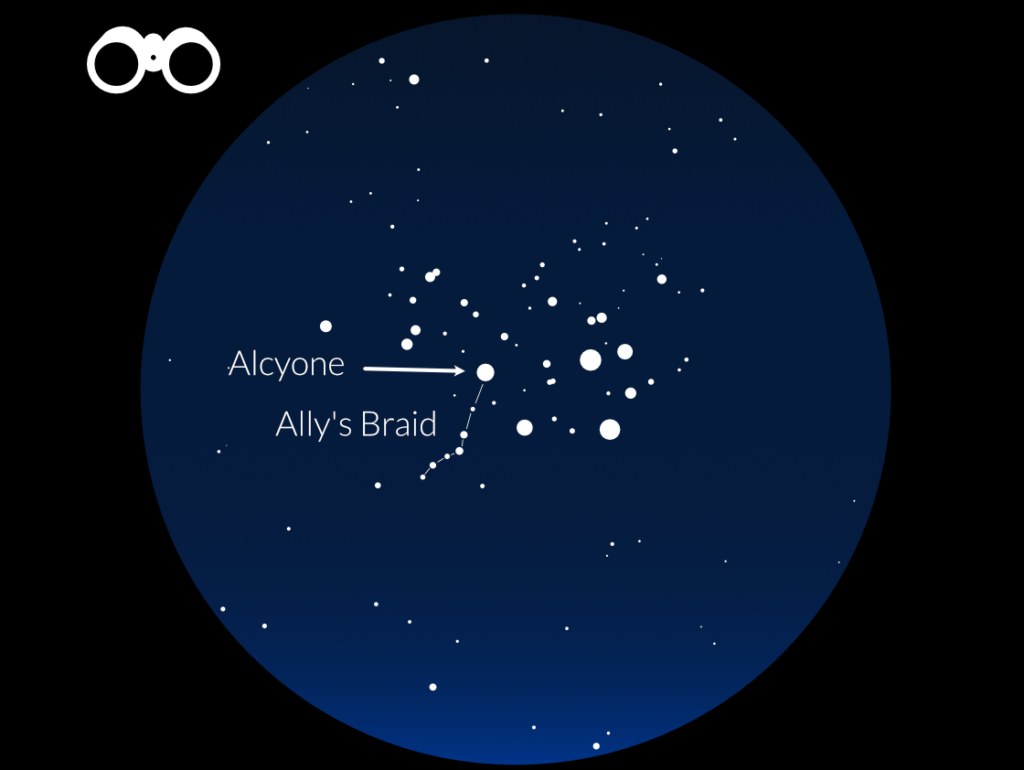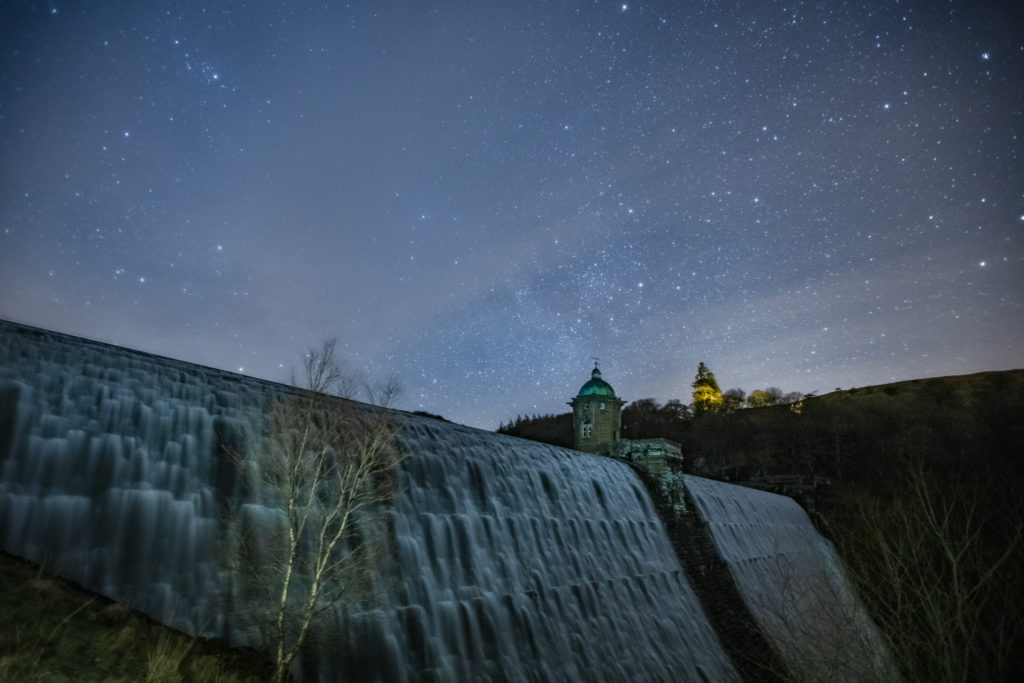
A Happy New Year to stargazers!
Make the most of the dark nights this month and enjoy using the new telescopes and binoculars you have received for Christmas. If you are stuck for inspiration, this monthly guide will help you find the best celestial objects to study, whether you have a telescope, binoculars or just want to use your eyes.
Here are a couple of suggestions for ways of getting to know the night sky:
Turn Left at Orion is a great beginner’s book to help you get started and teaches you how to find more than just the Moon – there are galaxies, nebulae, star clusters and colourful double stars to discover.
Stellarium Mobile – Star Map is one of the best smartphone/tablet apps to help you get to know the constellations, planets and deep sky objects. If you phone has a magnetometer and an accelerometer/gyroscope, you can hold your phone up to the sky to learn about which star or constellation you are looking at. It is also available for iOS.
If you would like to experience a truly dark sky, the Elan Valley International Dark Sky Park have some easily-accessible locations where you can park your car and look up.
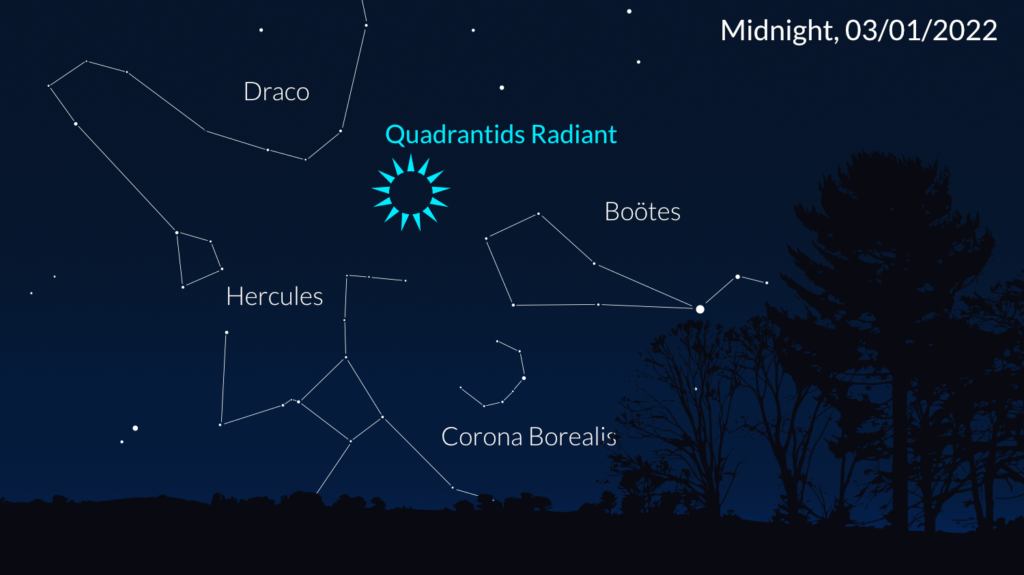
New Year Meteor Shower
The Quadrantids meteor shower will peak on the evening of 3rd January and into the early morning of 4th January. It radiates from an old constellation, called Quadrans Muralis, inspired by the shape of a quadrant, an astronomical tool to observe the position of stars. It was not included in the International Astronomical Union (IAU) officially recognised constellation. The waxing gibbous Moon’s light will interfere with seeing fainter shooting stars but always be a lookout for the brighter ones

NGC 404 – Mirach’s Ghost
RA 01h 9.4 m,
Dec +35° 43′
For those with telescopes and access to dark skies, try to find an intriguing object in the constellation of Andromeda. For those who want to star hop to find NGC 404 (Ghost of Mirach), look for the Square of Pegasus and look for the top left and corner of the square where you will see a line of three stars forming what looks like a pan handle which is the constellation of Andromeda. Count two stars from the corner which will take you to Mirach.

Train your telescope onto the star and look for a faint blob which does indeed resemble a fuzzy copy of Mirach. This object is actually a galaxy designated NGC 404, which lies 10 million light years away.

Mercury
On January 30th, Mercury will be at Greatest Western Elongation, which means it will be at its highest point in the sky. This planet can be seen low in the pre-dawn eastern sky from 7.10am on 15th January to 6:50am at the end of the month. You should be able to see it with the unaided eye.
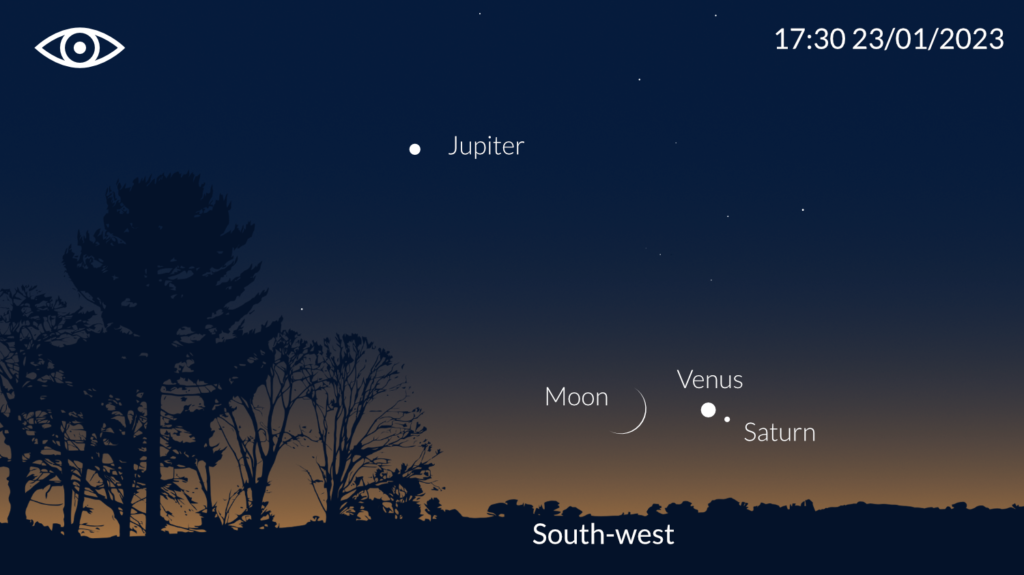
A Stunning Planetary Conjunction
There will be a pretty planetary conjunction on 23rd January. It will also be the closest planetary conjunction this year, where Saturn will be 0.5 degrees distant from Venus. Look to the south-western horizon after sunset, where you will see Venus emerge into the twilight. You should also see a sliver of the Moon and Saturn emerging as a smaller point of light to the south-eastern side of Venus.
The full Moon occurs on 6th January and the new Moon on 24th January.


